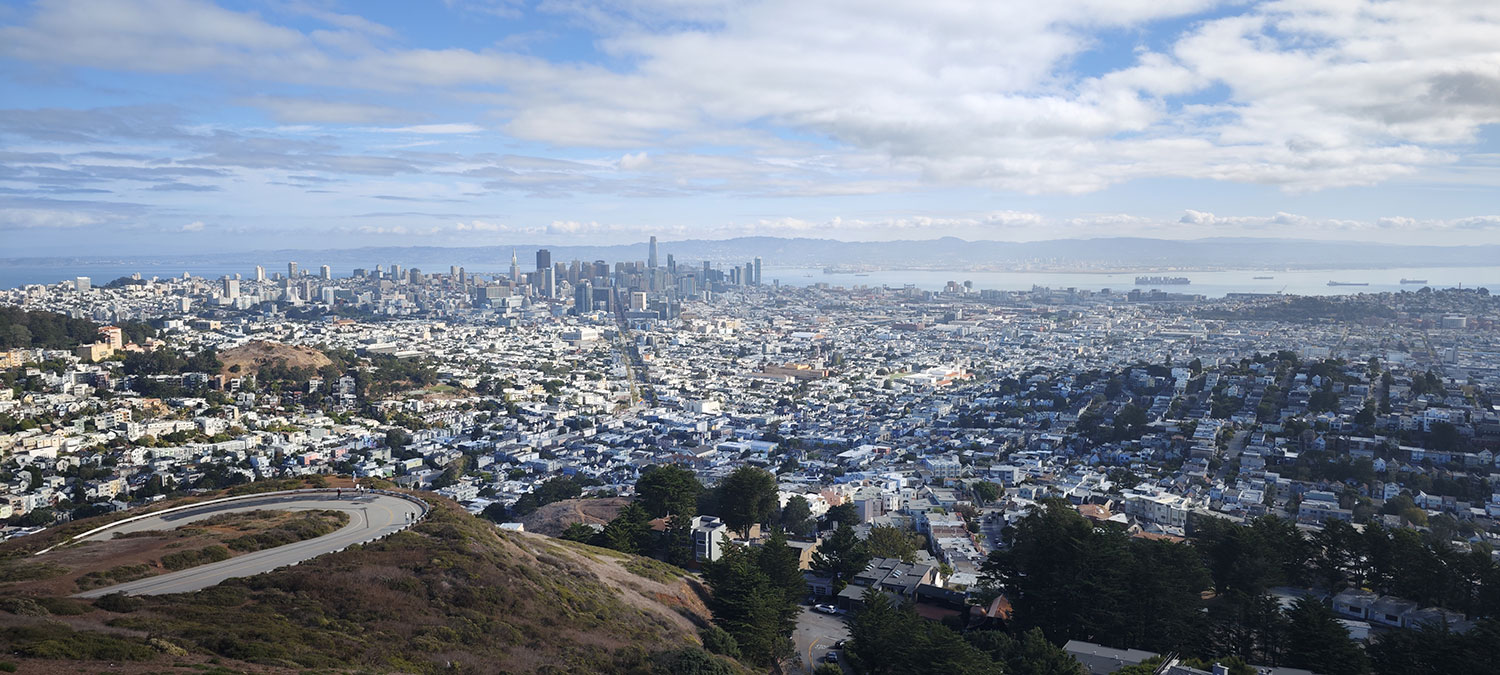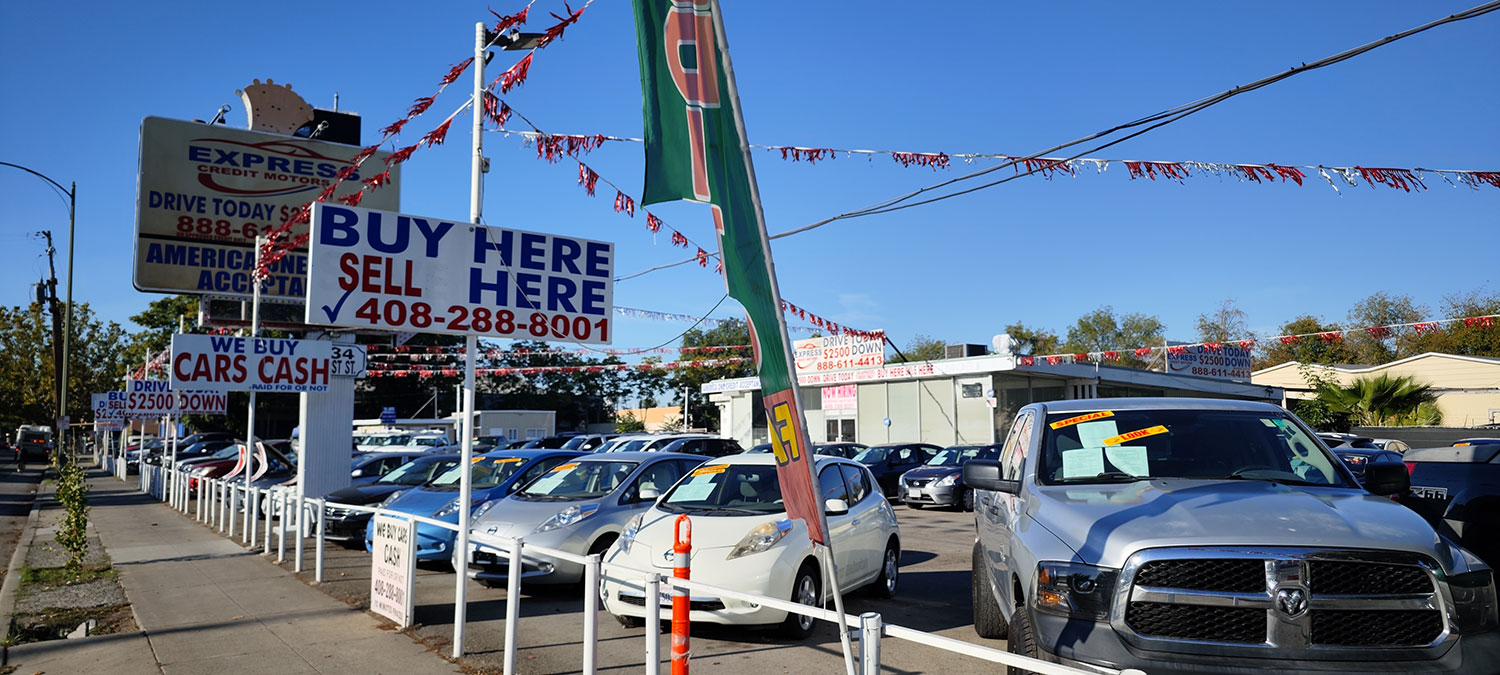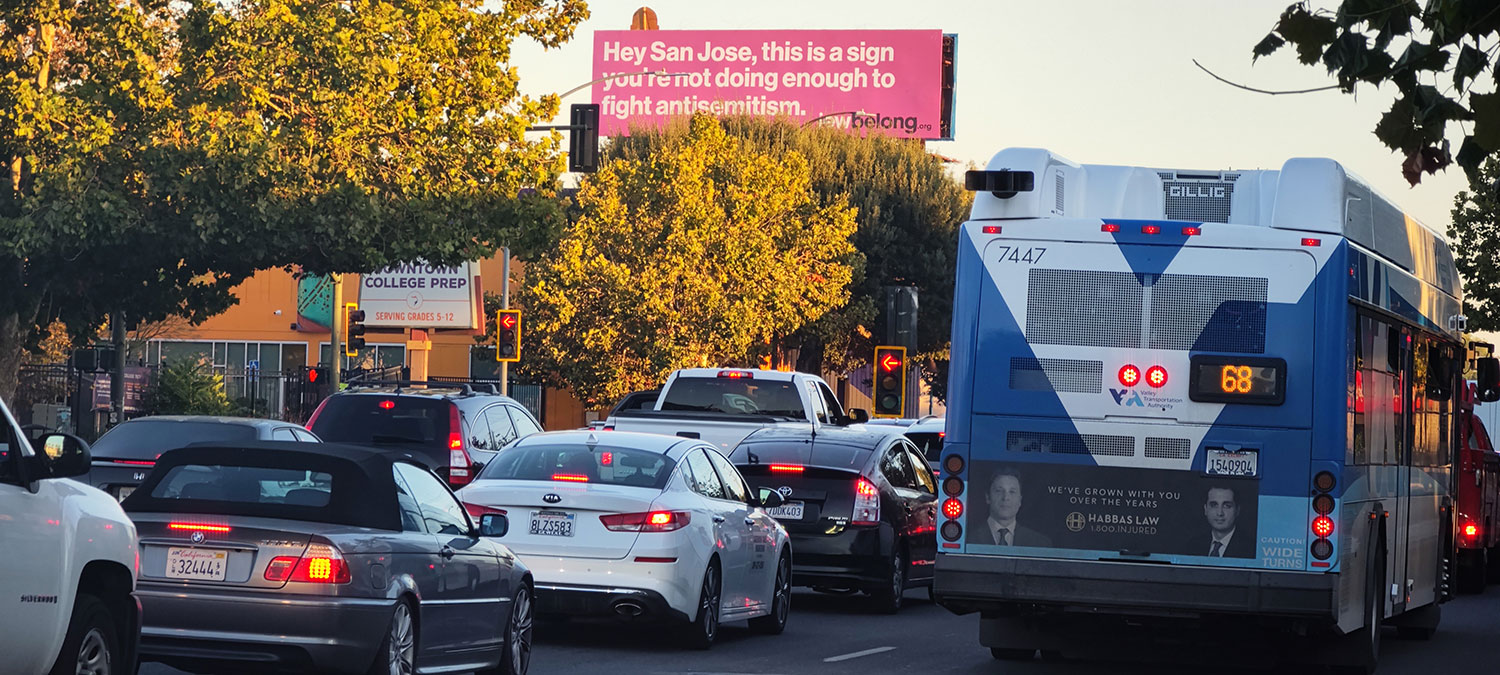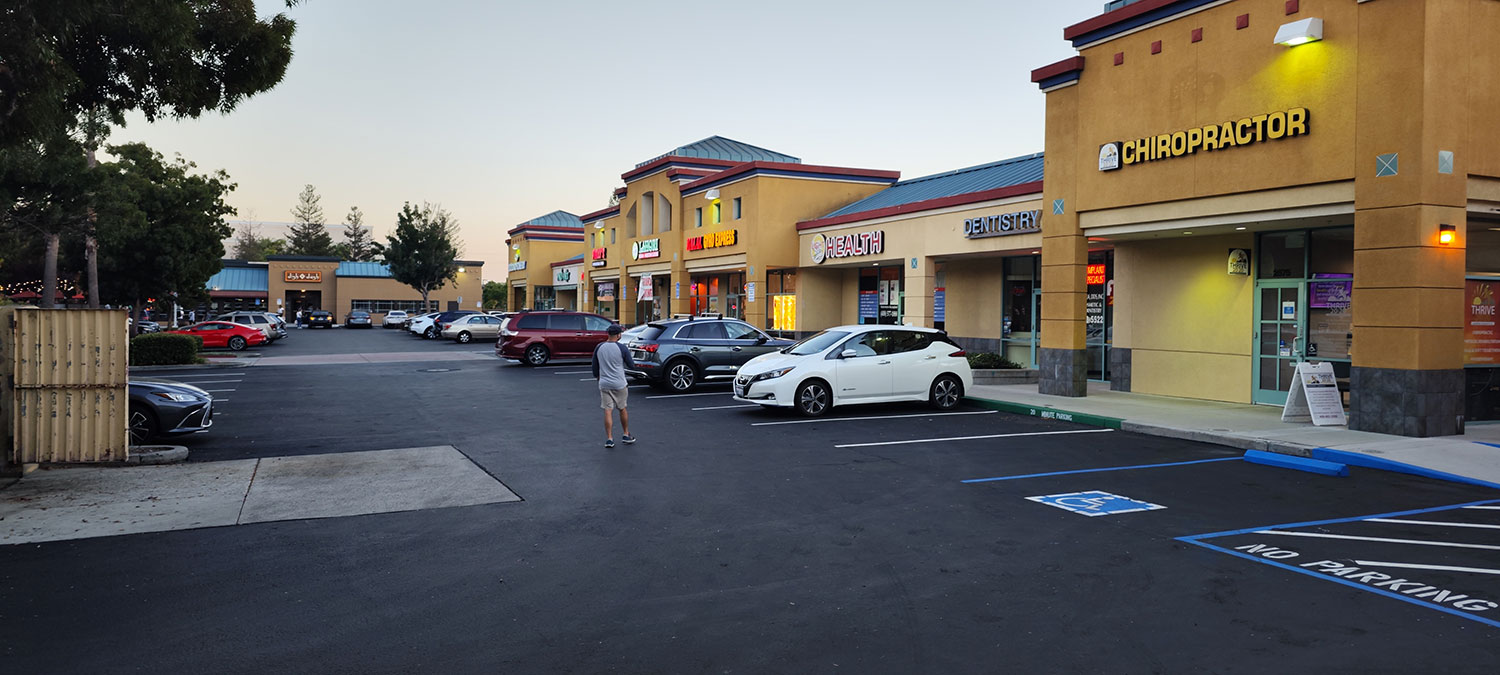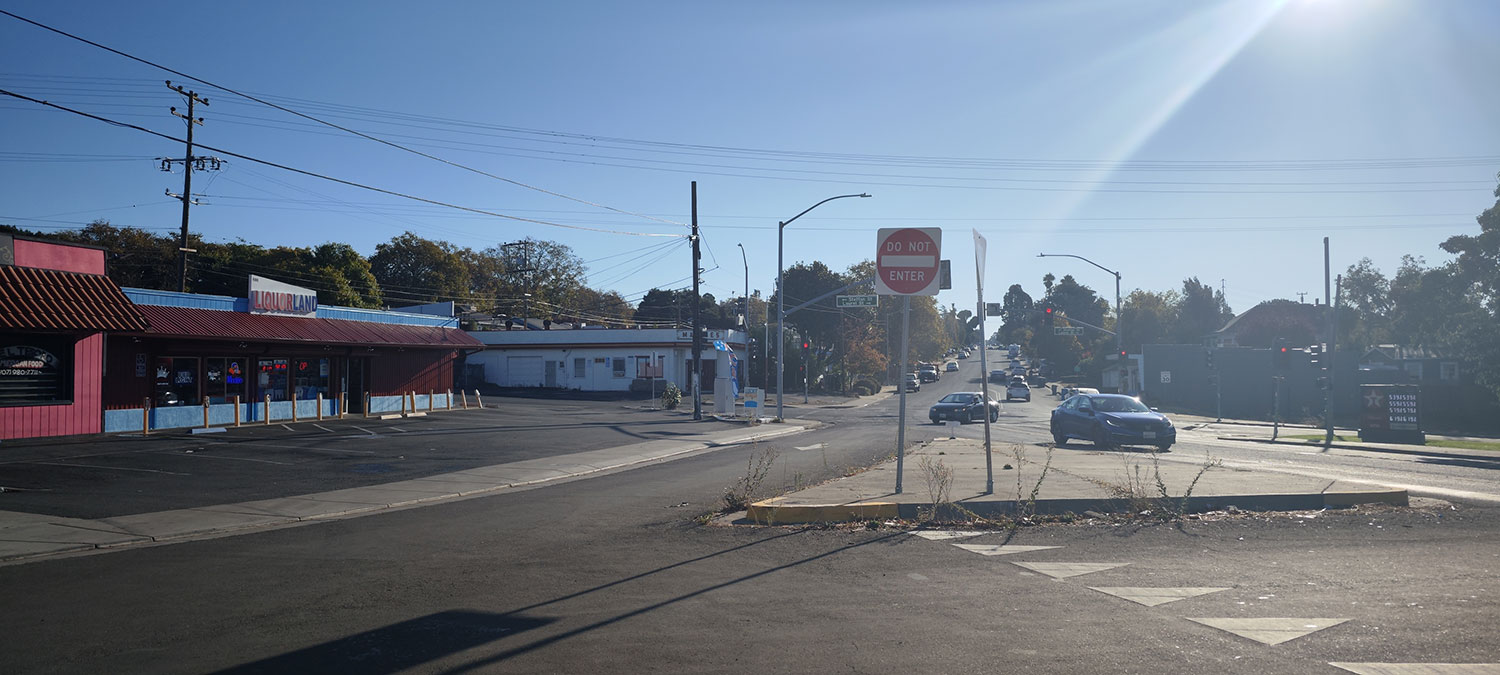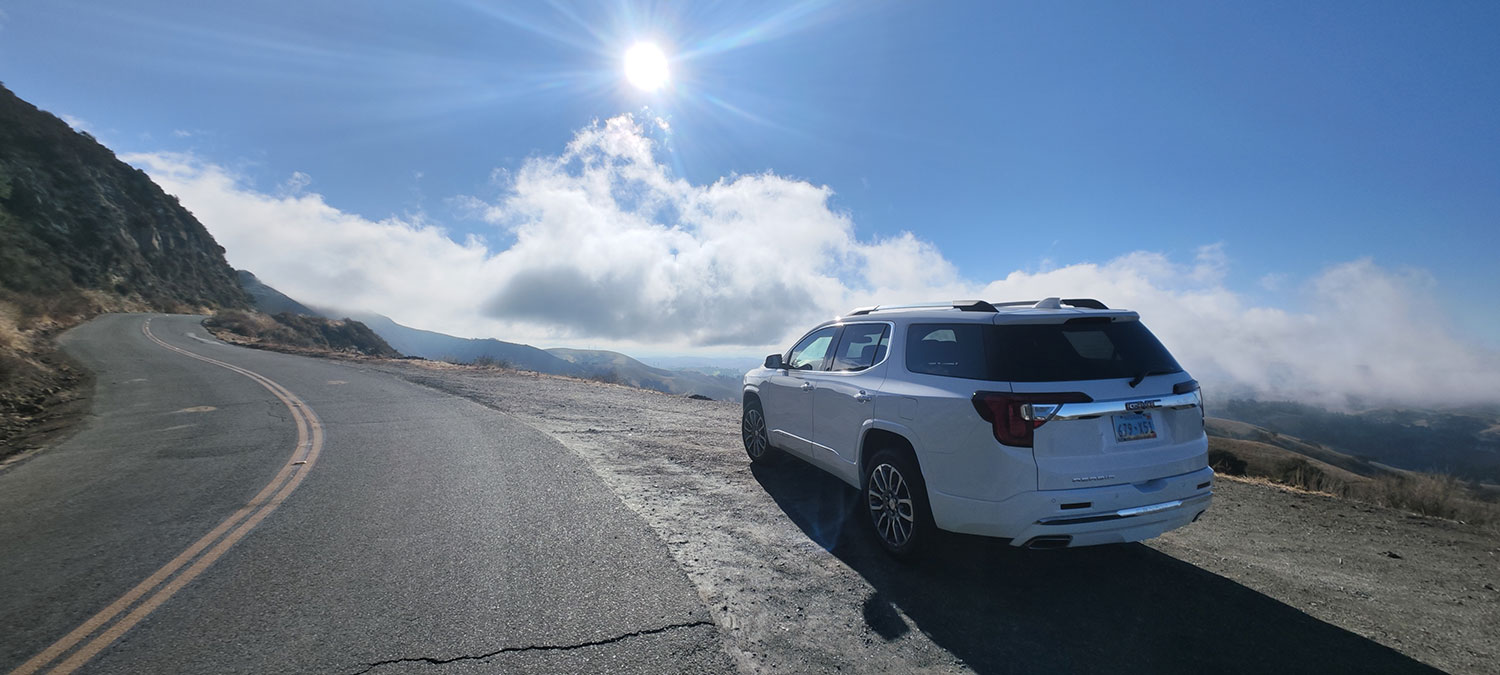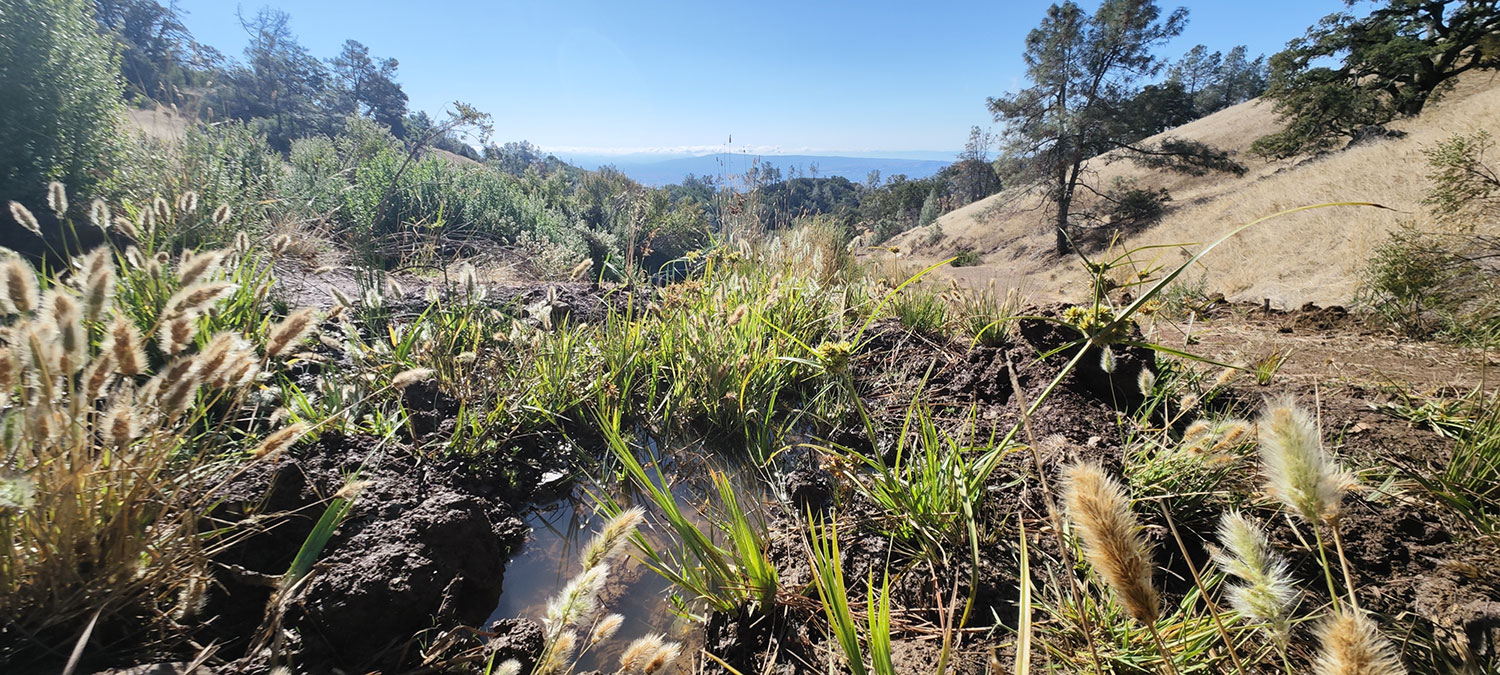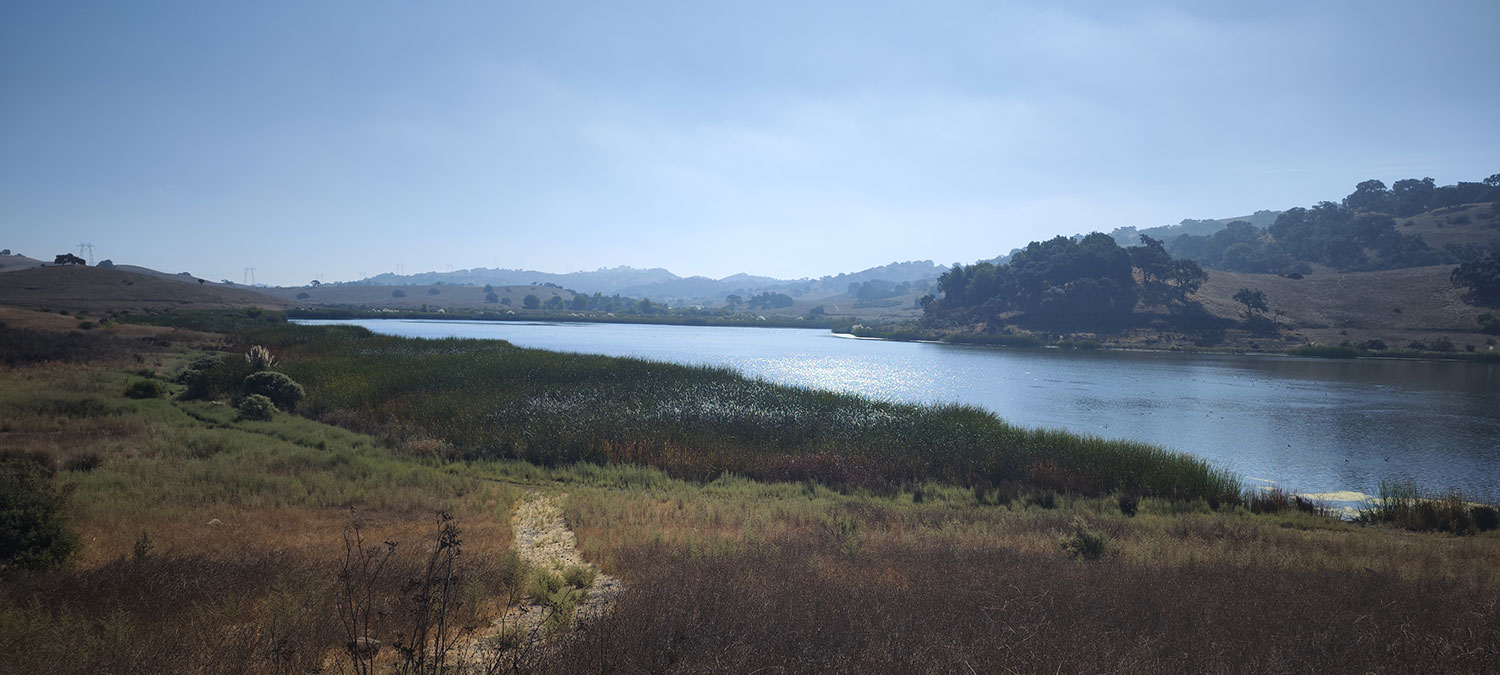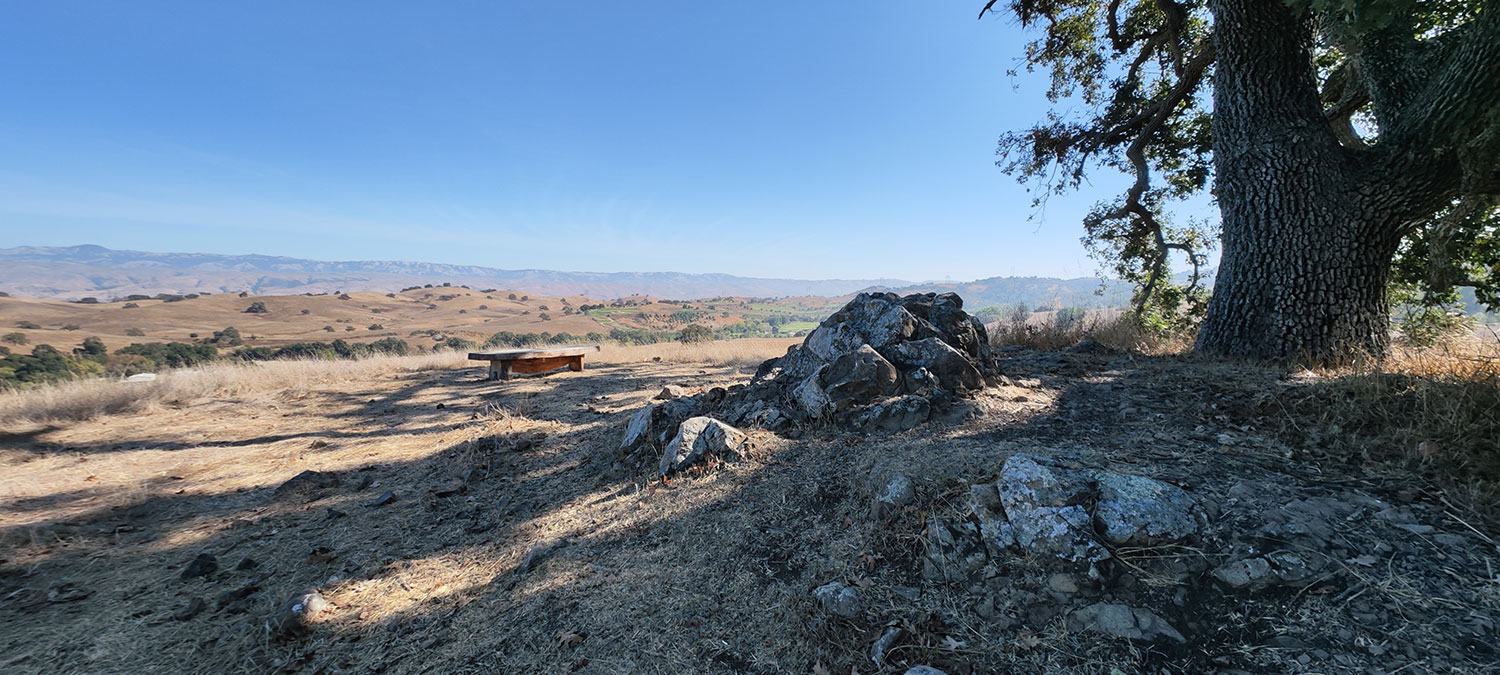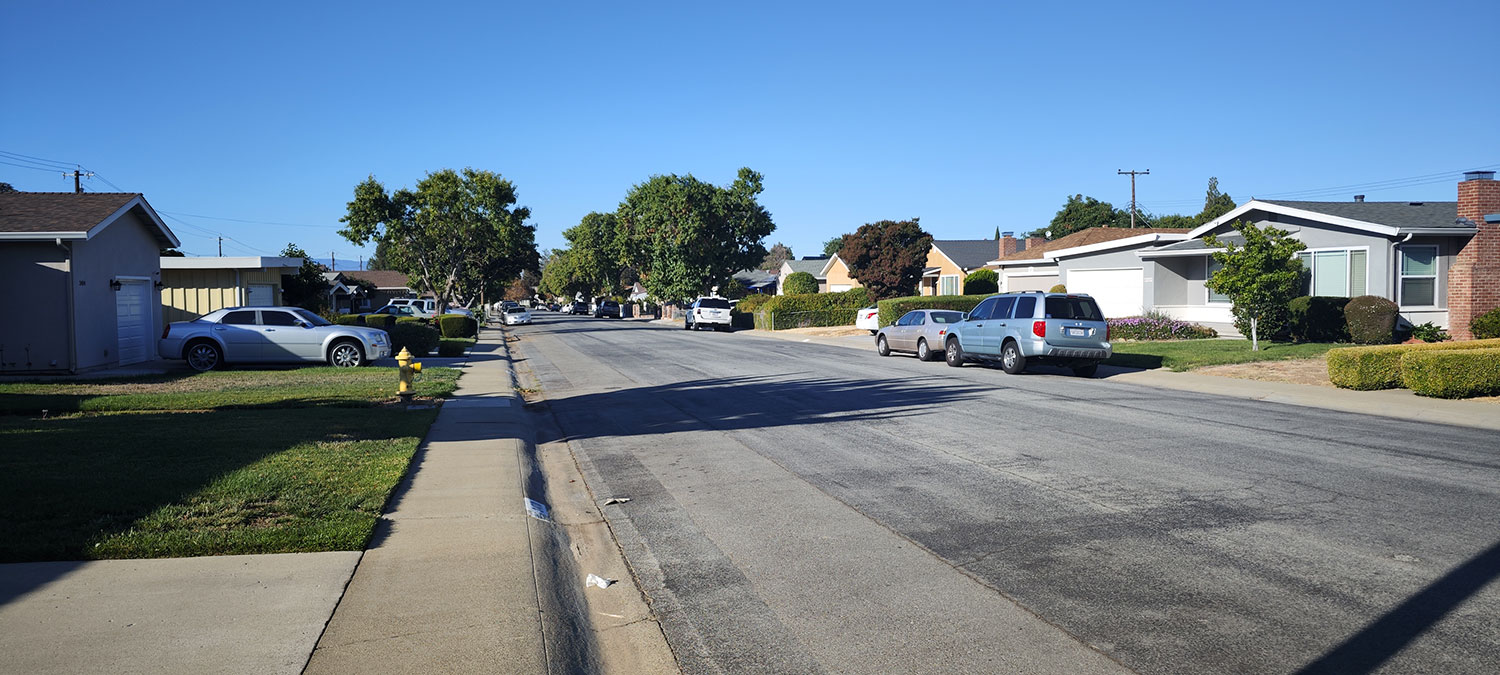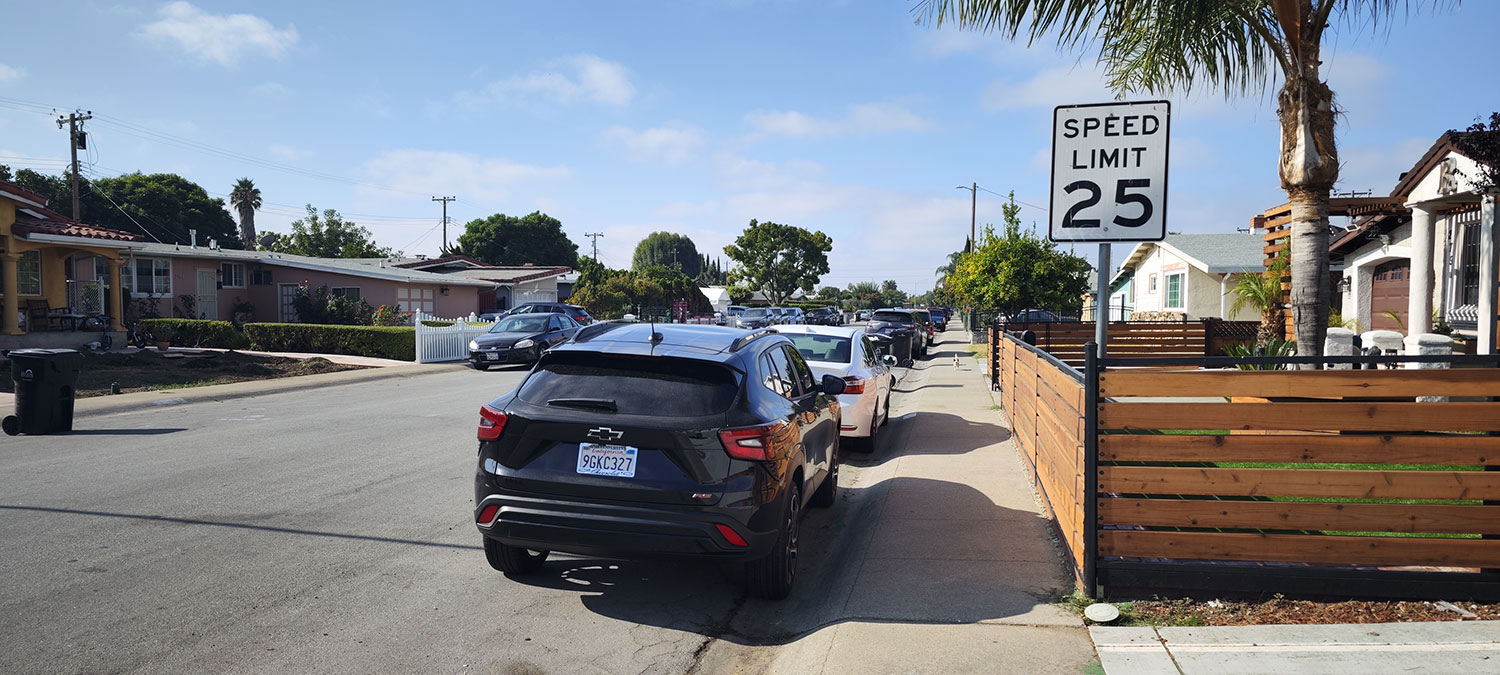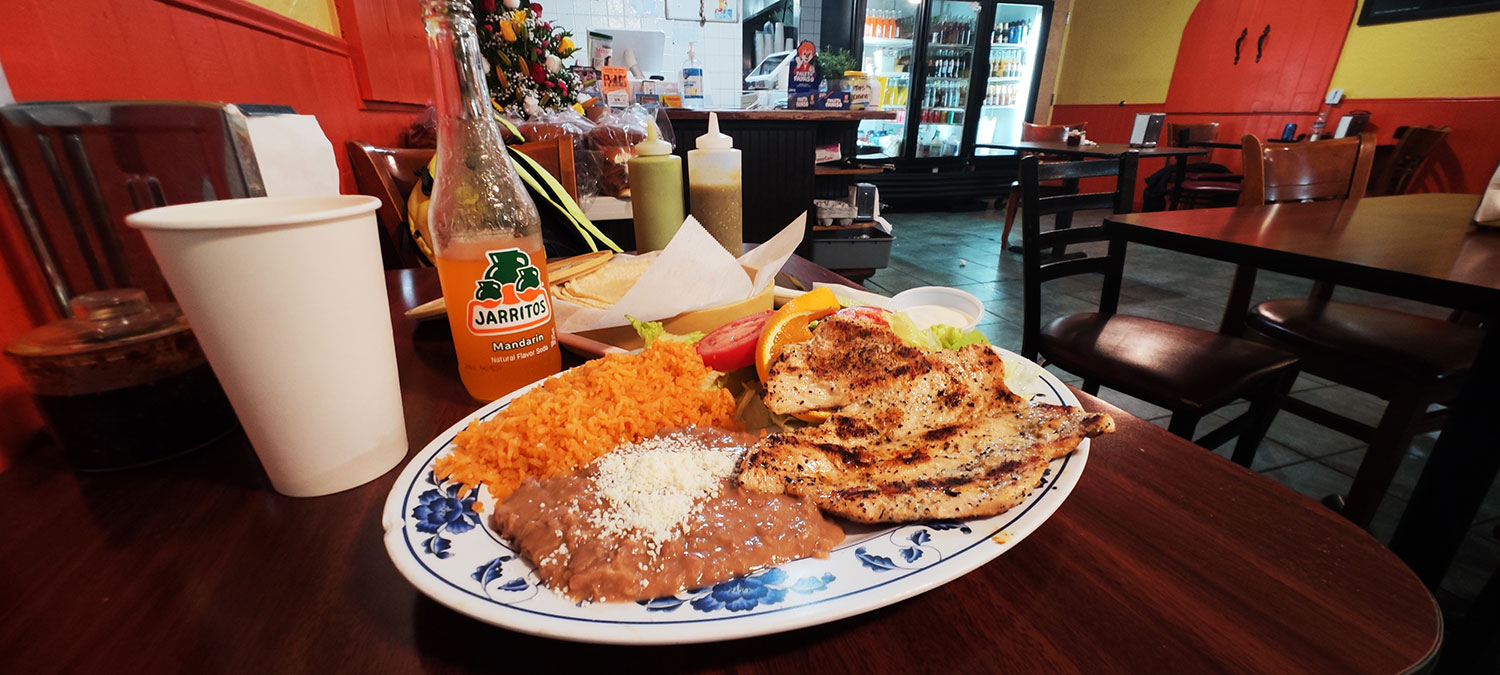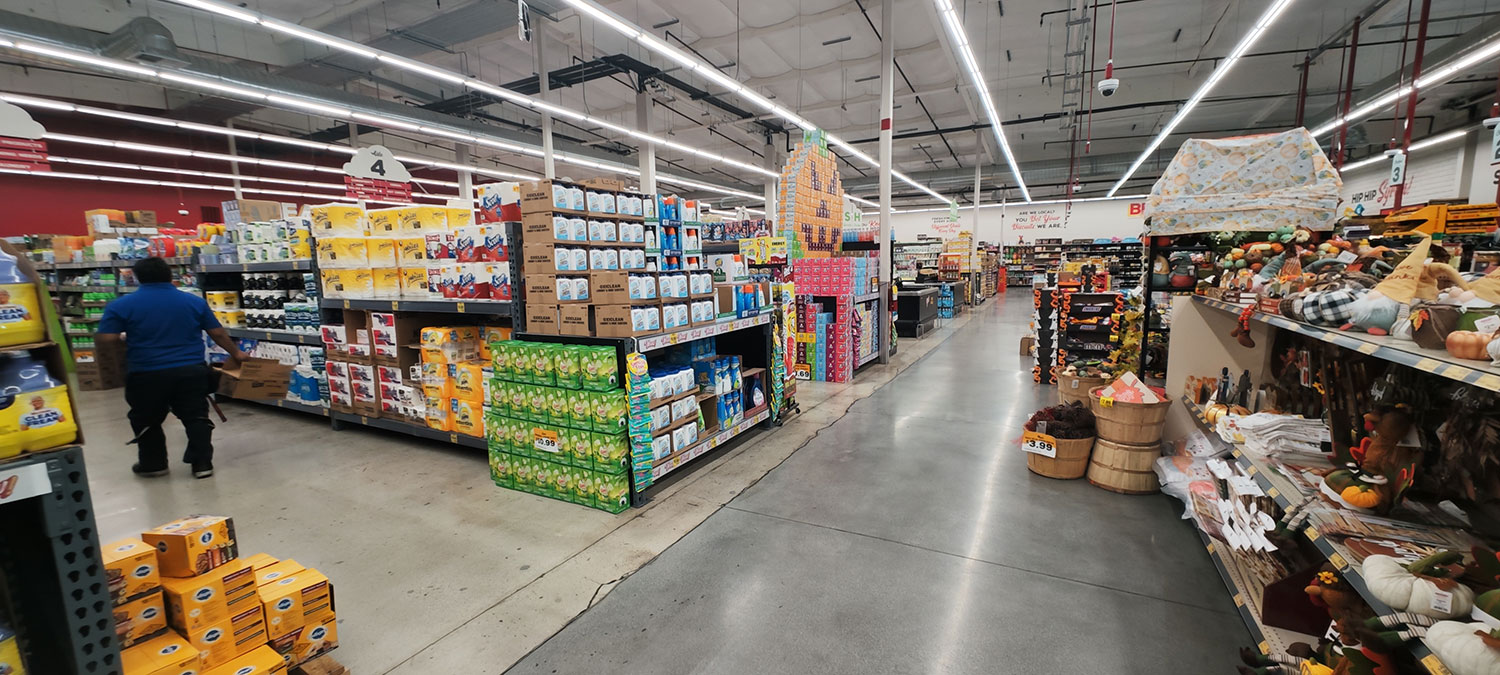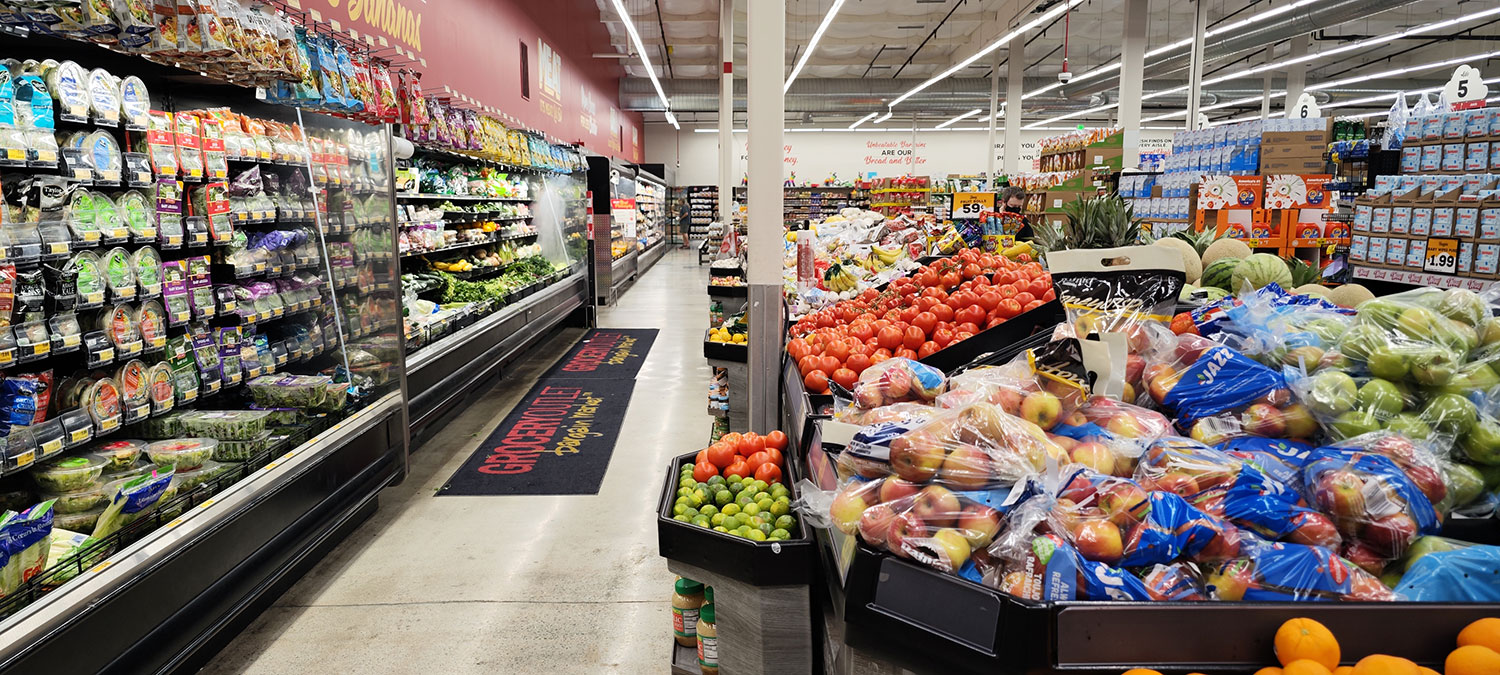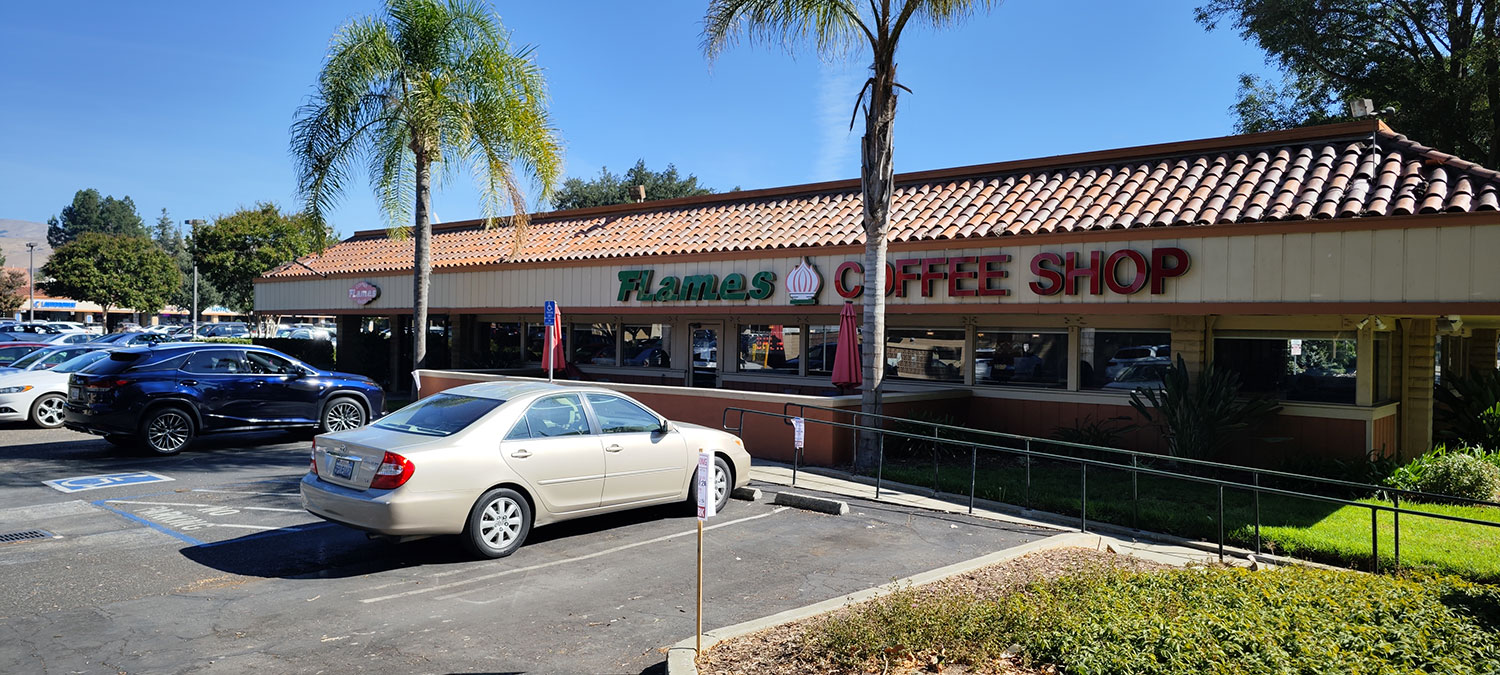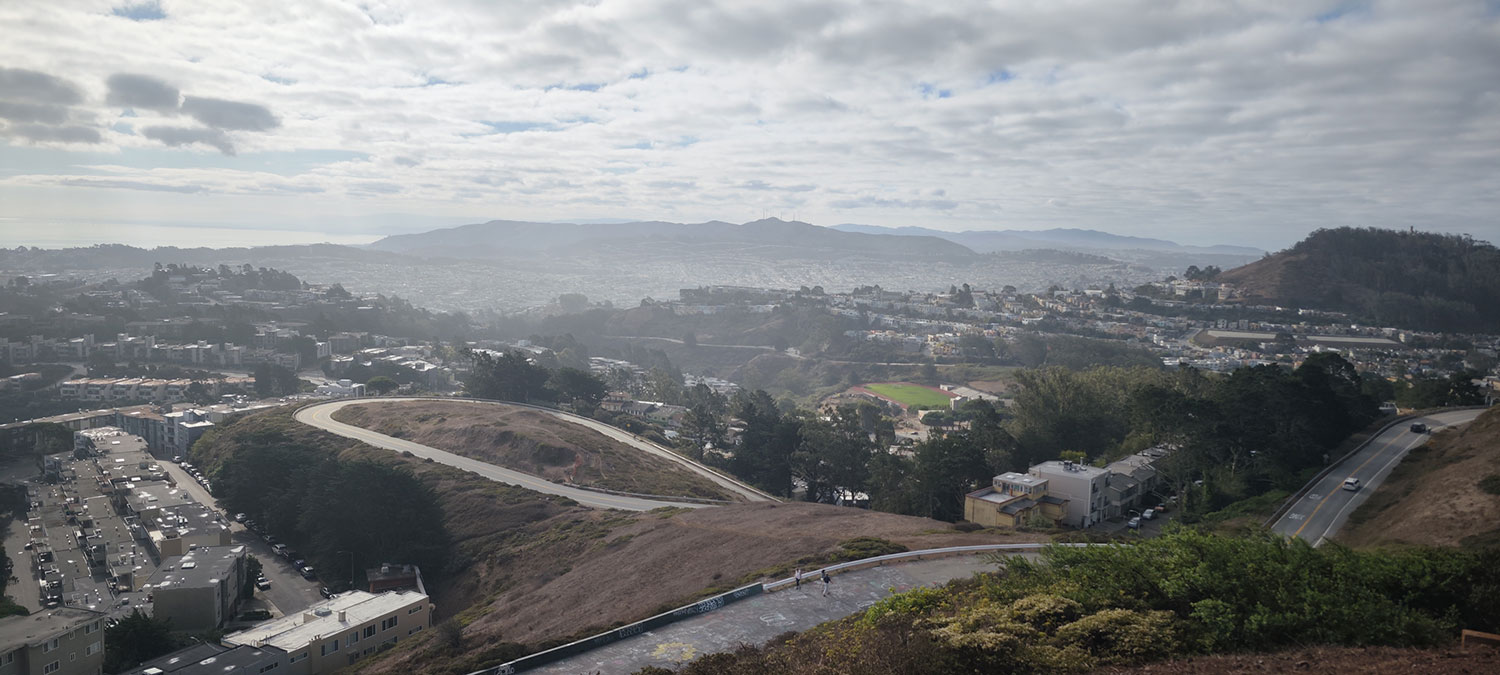This is my first time in the United States. It’s just a business trip and we don’t really go anywhere, but I’m super excited.
Despite being from the Netherlands, I’ve grown up with the USA around me. Movies, TV series, music, brands, video games. Names of states and cities that I’ve never been to feel familiar, as do interiors of roadside restaurants, police badges, and that thud sound of car doors closing.
But it’s also a country covered in the news; mass shootings, the war on drugs, the war everywhere. Is it really that dangerous? I know that news only works by showing extremes — derailed trains and 9/11 — so it’s hard for me to say what a normal day in the US looks like.
I only got to see a tiny part — San Jose — and my hopes were simple. I just wanted to go to a supermarket, see a town square, and eat lunch in one of those places like in a movie, where two characters discuss life over fries or coffee, and a server comes for a refill.
And I did get all of that. These mundane things are way more interesting than the Golden Gate Bridge, and to me — everything looked classic; the houses, traffic signs, packaging, trucks. Birds fly over my head and they’re those brown goose I always saw in the movies. And everything sounds important: The Patriot Act, Homeland Security, Law Enforcement, and even its own name — The United States of America.
It’s not just English names though. In San Jose, many places are named in Spanish, and there’s even some Chinese language on billboards and on the FM band. In fact, I’m here even to do business for a Chinese company, so lots of people we meet are Chinese, either permanently settled here or also traveling. And we talk in Mandarin. And I often hear them say: “You want to eat pizza, burger? I don’t like it.”
The food situation is, well. It’s hard to find a restaurant that serves plates full of vegetables, or food that’s not fried, doused in cream, gravy, or cheese. The supermarket has more types of cornflakes on offer than different vegetables. It is cool sitting at Denny’s or Wingstop, but I’m not surprised that American people are large.
The people seem extremely friendly though, or I may have just met the ones to whom life dealt the perfect cards. There’s a goofy teenager theatrically leaving the Dollar Tree door open for me, and I got a guidebook for Mount Diablo from a couple camping there, and a ranger informed me where the best hiking routes are. But I guess there are also people working double shifts to make ends meet, and they have no time to hike in nature areas on a Wednesday, let alone make conversations with a stranger there.
I’m just here for such a short time, so my observations are limited, and what is not hidden behind people’s front doors is obscured by the city’s layout. There’s no bustling town square or people on the sidewalks where you can catch a conversation. Everyone’s in their private space, only briefly traversing between the parking lot to the shop and back. Shops, offices, restaurants, home: You all need a car for it. Some places have no sidewalks, and even if they do, you can’t quickly walk around the block for lunch; it’s just too far. Car culture is also a form of immobility.
Roads are a remedy, in a way. Everything is so far away from everything, you need a car. And it seems the place is held with other remedies — fixing the effect, not the problem itself: antacid tablets and other pills in the supermarket aisles, and loads of ads for lawyers.
There was a warning at Calero Reservoir for rattlesnakes, so I kept a careful watch while walking. And I felt the same walking in the city, especially at night. One person told me: “Don’t leave anything in the car, last time they stole something from the trunk, at 3 pm!”, another person warned me not to go out at night, especially not with a backpack. It’s not visible but I can feel it, like snakes in the grass. I’m eating my huarache rushed because my suitcase is in the car and I’m worried somebody will smash the window.
That said, I was not robbed — neither did I see any political divide, people visibly carrying guns, or people driving recklessly. I saw one homeless person, and the supermarket only had one aisle locked behind glass. What I got to see isn’t as dramatic as the US on the internet. It’s mainly the cars and food that surprised me, the layout of the city.
Part of me wants to indulge in it all though, and I think indulge is a good word because you take pleasure in something, despite knowing it’s bad for you. Six-lane highways, rumbling engines in big cars, big plates of food, houses without stairs. I want to believe that having five blades on my razer is better than four. With Uber Eats, my lunch comes not by some cheap electric scooter, but by a 1.5-ton station wagon. If you loosen the reigns of reason a little bit, it’s fantastic.
But what is normal? (The answer is always: When you’re at home.) I’m not sure how, but I’m sure I’m biased — growing up in the Netherlands and now living in China for over five years — and that this affects the way I’m looking at the US. But I also wonder what it does to you if you’re from the US. If all your stars, be it from sports, music, movies — are from your own country. Your favorite brands are native. It’s like being a fan of a sports team that’s always winning. I guess it’s comfortable, but not very humbling. (Actually, you increasingly see the same in China, ‘the Greatest Country on Earth’ kinda stuff.)
I look forward to being back, but for me, it’s very hard to feel a singular thing about the US — but maybe that’s the case with anything. When you look at something from an angle, you see it’s connected to just about everything, including yourself. I guess you could say it’s all, well, united.
